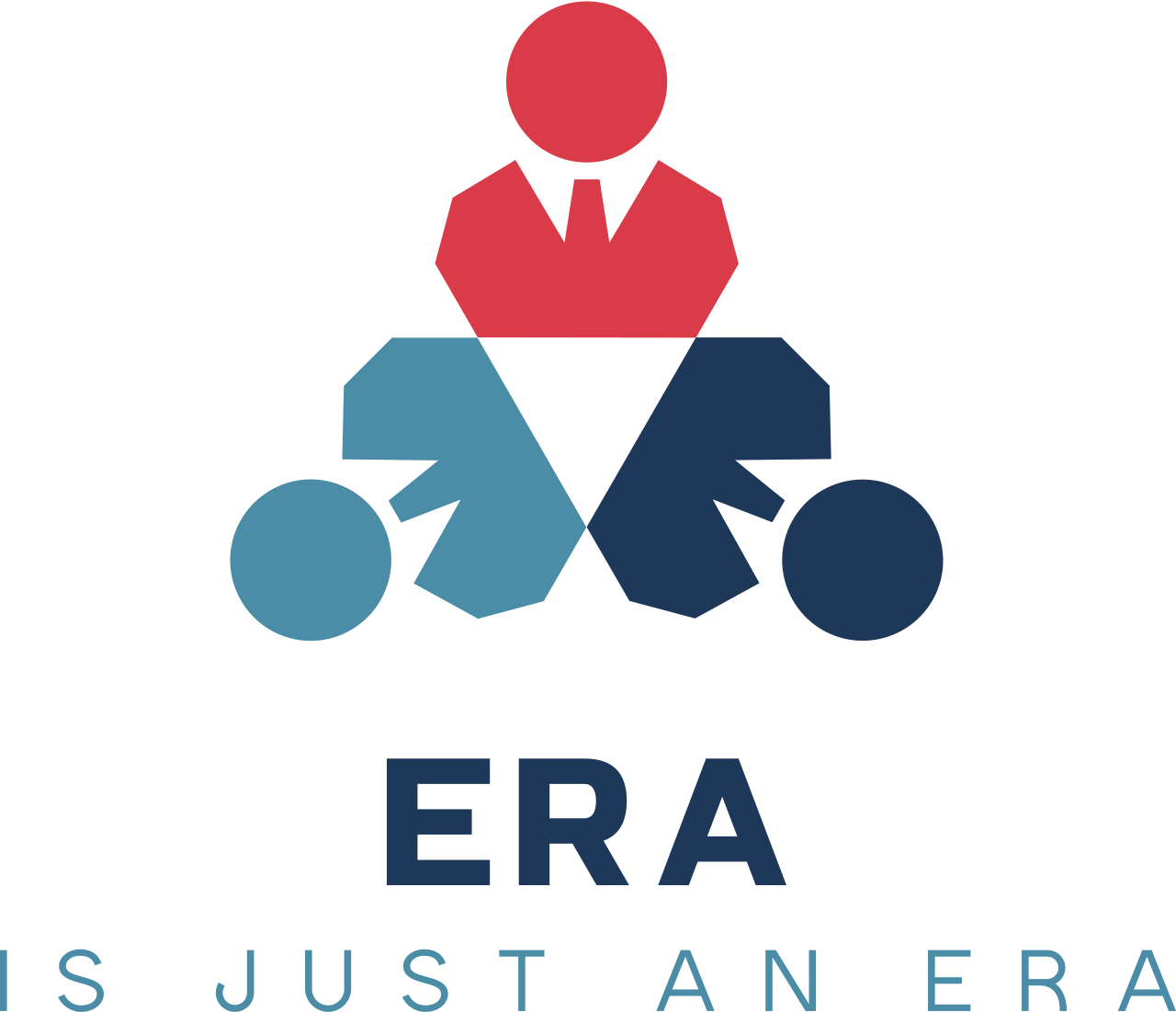Innovative Hybrid Work Strategies: Redefining Flexibility and Connecti
In what innovative ways can scheduling and rotational strategies within hybrid work models mitigate the risks of social isolation and blurred work-life boundaries among mental health professionals?
In today’s ever-evolving work landscape, organizations are embracing a blend of remote and onsite work that redefines how employees experience connection and productivity. This innovative approach to work brings together the best of both worlds—allowing for the autonomy and flexibility of remote work while fostering essential in-person interactions that strengthen a sense of belonging.At the heart of this transformation is a clear recognition of the benefits of flexibility. Modern digital tools empower employees to manage tasks independently from any location, a shift that not only enhances job satisfaction and performance but also supports personal and professional growth. Workers across the globe are now rethinking traditional work structures to better balance their professional duties with personal lives, effectively turning challenges into opportunities for innovation.However, the road to a hybrid work model is not without its challenges. One of the most pressing concerns is overcoming the risk of social isolation—a common pitfall in remote environments where physical distance can sometimes lead to a weakening of professional bonds. Innovative hybrid work strategies actively address this issue by creating systems that encourage more spontaneous interactions, both virtually and face-to-face. By implementing dynamic scheduling and leveraging digital communication platforms, companies are discovering new ways to synchronize interactions despite differing schedules.Another pivotal element is leadership. Forward-thinking organizations are fostering a culture that prioritizes employee well-being by implementing robust support systems, transparent communication, and strategies that promote stress management. Leaders play a crucial role in this ecosystem, guiding teams with coordination and encouragement while ensuring that every individual feels valued.Embracing a hybrid model represents a proactive step toward a healthier work environment. It integrates the advantages of remote work—such as autonomy and flexibility—with the critical need for regular, meaningful engagement among colleagues. As organizations continue to innovate, this balanced approach not only paves the way for higher performance and satisfaction but also marks a transformative era in workplace dynamics.
